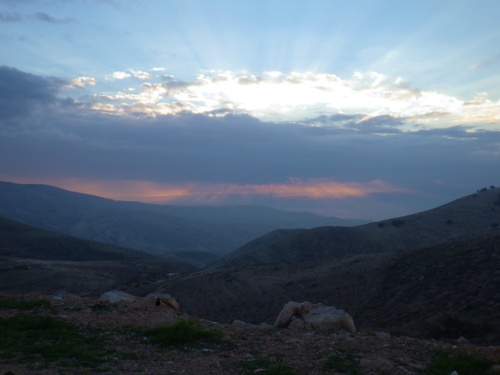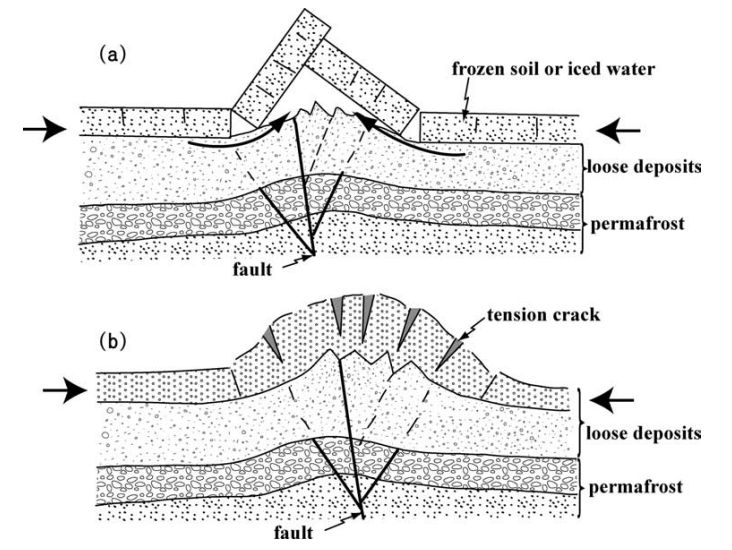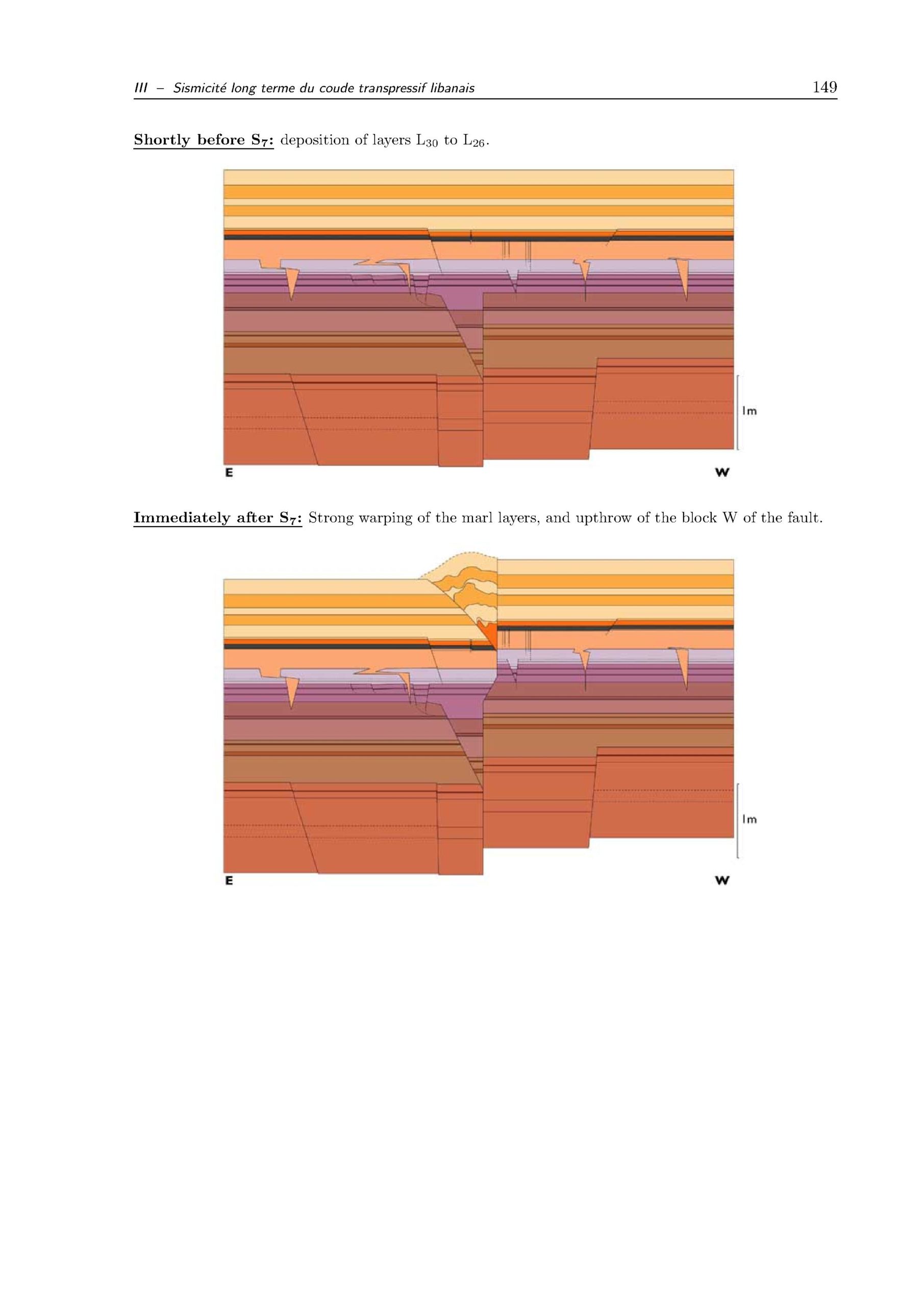TEST
TEST
AND MORE TEST
Introduction & Summary
Click Migowski et al (2004)
Textual Evidence
| Enter A.G. Year | Specify Reckoning 1 - Macedonian 2 - Babylonian |
Chosen Reckoning | Time Span in the Julian Calendar |
|---|---|---|---|
Experiment with button reset for list of months ?
Archaeoseismic Evidence
JQuery experimentsLandslide Evidence

Tsunamogenic Evidence
Paleoseismic Evidence
Hacipasa Trenches
The oldest event identified in the Ziyaret Trench dated to before 983 CE. A lower bound on age was not available due to insufficient radiocarbon dates.Kazzab Trench
Ambiguous paleoseismic event ?S2 expressed as displacements along faults F2 and F3. Although Daeron et al (2007) favored an interpretation where this displacement was created during event S1 (dated 926-1381 CE) as a 'mole-track' like feature
 Fig. 7.
Fig. 7.Sketches showing the sections of (a) angular-ridge type and (b) bulge-type mole tracks. Both types of mole tracks were produced by horizontal compression (indicated by short arrows). The angular-ridge type mole track was produced by flexural slip folding and faulting of the top rigid layer. The bulge-type mole track formed mainly by folding and shortening of the unconsolidated to weakly consolidated alluvial deposits.
Lin et al (2004)
Jarmaq Trench
Nemer and Meghraoui (2006) date Event Z to after 84-239 CE. They suggested the Safed Earthquake of 1837 CE as the most likely candidate.